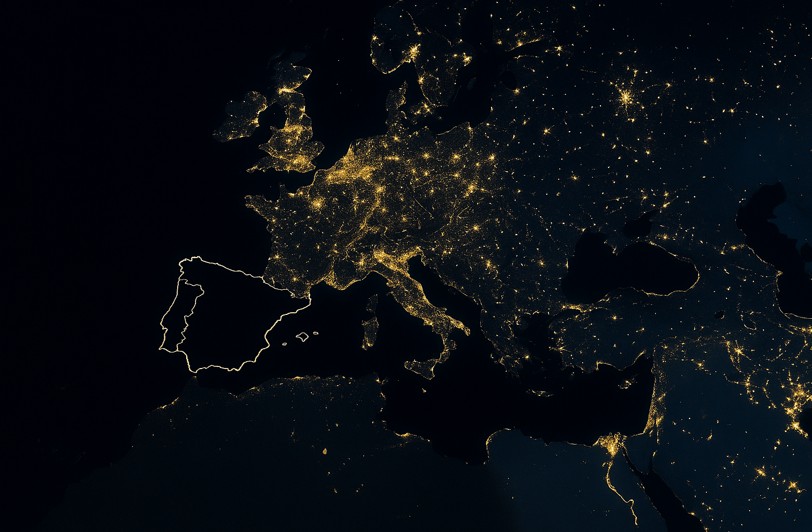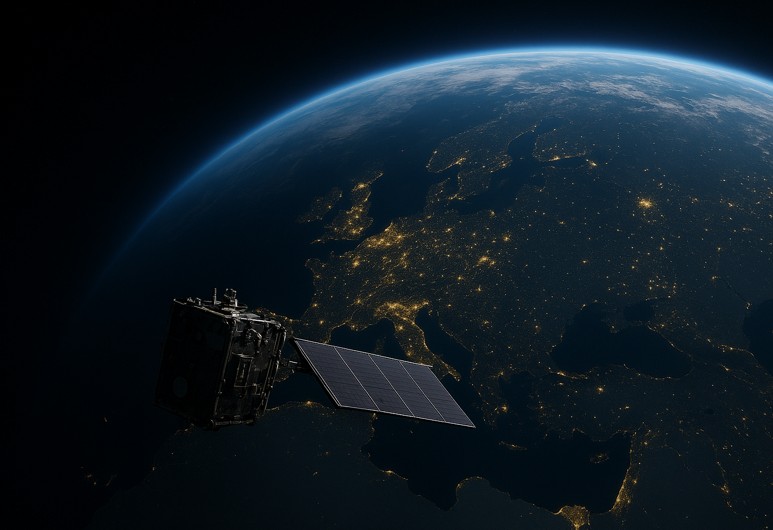In today’s increasingly digital world, both organisations and individuals rely heavily on uninterrupted access to online services. Whether it’s a hospital’s health information system, a supply chain platform, or online banking for small businesses, any disruption to internet connectivity or power supply can have far-reaching consequences.
Recent events underscore this vulnerability:
- A major power outage in Spain
- Widespread internet disruptions across Africa in 2024 due to undersea cable damage off Côte d’Ivoire and South Africa
These incidents highlight the urgent need for robust business continuity plans that go beyond traditional IT infrastructure and address the risks of prolonged power and internet outages.
The Risk Landscape
As an ICT leader, I’ve contributed to many business continuity plans. While internet connectivity is often within our control, electricity supply is not.
Common risk mitigation practices include:
- Multiple internet connections from different telecom exchanges
- Mobile hotspots for home use
However, in large-scale outages, these measures may prove insufficient.
With extended periods of outage, we need to start rethinking the way we approach business continuity and put solutions in place which will allow organisations to function for longer periods of time
Resilient Internet
In recent years, satellite connectivity has improved significantly from Low Earth Orbit (LEO) operators like Starlink, OneWeb and soon, Amazon Kuiper.
As LEO services have matured, organisations like SpaceX have committed to robust service level agreements in the same way that SLAs are standard practice for terrestrial networks.
I firmly believe that it’s now time for organisations too have a major rethink about their back up fibre service and perhaps consider LEO based solutions? Currently my “go to” solution is Starlink from SpaceX as it’s a well-established service. Oneweb from Eutelsat is an option for global north countries but still lacking coverage in the global south. Amazon Keiper is still in the early stages of being built. I will produce a more in-depth article into Oneweb and Keiper when their networks become more established.
It’s also worth noting that whilst in theory Starlink has full global cover from its constellation of just under 8,000 satellites, there are still countries where Starlink is not available. So, for a satellite backup solution, L-band solutions from ViaSat and Thuraya will be a good solution to allow basic online activities such as email to continue.
For small to medium to organisations, the Rapid Deployment Kit 2.0 from IEC Telecom is a great solution to have on standby. It’s based on the StarLink mini and comes with two power banks to keep it running for an initial 4 hours. The RDK 2.0 can be further enhanced with additional technology and service to ensure that the backup service has access controls and cyber security which is aligned with policies sent on the main connection. The RDK can provide connection speeds of up to 150Mbps.
For larger organisations, the Starlink Standard supports up to 220Mbps and in the near future, the new enterprise antenna will support up to 1000Mb/s.
As a solution, SpaceX has positioned itself to be a viable alternative to terrestrial services as a backup as Starlink terminals are affordable to most organisations. In some countries I am starting to see organisations move from terrestrial services to LEO solutions as local services have not been reliable.
Recently Starlink had its own outage for just over 2 hours. Outages occur with all ISPs and for me, it’s how the ISP deals with an outage that’s important. During its recent outage, Starlink was on top of the root cause of the problem quickly. It was also very transparent about the issue and has learnt lessons to ensure that similar outages do not occur in the future. A year ago, I would have only considered Starlink as a secondary back up connection. Now that SpaceX has SLAs in place and clearly an efficient incident response process, I would not hesitate to recommend Starlink as a primary service for places where fibre-based services are not so resilient.
Power backup
As we have seen from the experience in Spain this year, a national power outage can be highly disruptive and affect all Internet service providers. So, using a LEO solution is just part of the solution. We also need to provide essential power as well. So how can we best approach mitigating power loss?
The IEC telecom RDK 2.0 has two batteries which will keep internet access available for up to four hours. Laptops will be able to connect to the RDK 2.0 for a few hours if their batteries are topped up. We need to think of this as immediate first aid as eventually the RDK2.0 and laptop batteries will eventual run out of power. For longer power outages or larger offices, a bigger power solution will need to be provided in the business continuity plan.
For larger office networks, providing power to enable to office to run for longer periods requires more detailed planning. It is not necessary to provide power to everything in the office, just plan for the essentials. Here is a checklist to follow:
- Determine what needs to be powered so that essential services are provided only. Include network equipment, Computers, Wi-Fi access points, telecoms, lighting, security systems and smoke detectors. Exclude items such as heating, hot water, Air conditioning, projectors and other non-essential items.
- Calculate how much energy each item will consume.
- Determine how many hours each item will need to run each day.
- Using the energy consumption and equipment daily usage time, you will be able to calculate maximum load in KW and maximum energy consumption over a period of a day in KWH.
- Decide how you would like to provide back up power. If you decide to use a generator, the maximum load in KW can be used to correctly size the generator needed. For a solar back up, the calculation is a bit more complex as solar systems only generate energy during the day. In a nutshell, you will need to get an expert to design a system. They decide what size inverter will be needed, and how many solar panels and batteries will be needed to keep the office running.
Conclusion
Business continuity planning must evolve. As power and internet outages become more frequent and prolonged, organisations must integrate resilient connectivity and power solutions into their strategies.
Dual fibre links have long been the standard, but LEO satellite services now offer a more reliable—and often more cost-effective—alternative. With providers like Starlink offering SLAs and rapid incident response, satellite internet is no longer just a backup—it’s a primary contender for connectivity in challenging environments.





